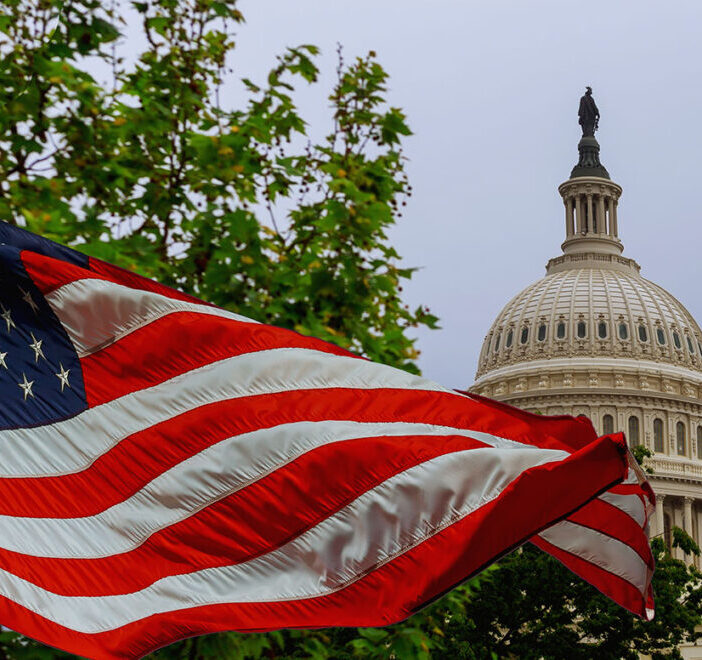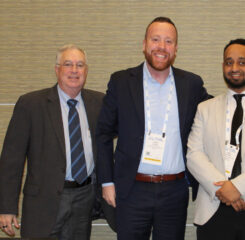Continuing Resolution Negotiated as Congress Returns
The House and Senate will be in session most days until September 30. Right now, the House is scheduled to be out of D.C. and at home for a long district work period that begins October 3 and stretches past the November 8 election day until just after Veterans’ Day, November 11. During this time, the Senate will be in session in mid-October.
Between now and September 30, Congress will work to pass a continuing resolution to keep annually-appropriated federal government programs, like HUD and Older Americans Act programs, funded at FY22 levels because Congress has yet to enact any of the FY23 funding bills.
Discussions point to a possible CR that runs through early or mid-December but the timeline and content of the CR are complicated by what “riders” or additions are made to the CR (any provisions in addition to simply extending FY22 funding levels to December 16, for example). These could include whether to include any COVID or monkeypox resources, additional Ukraine aid, resources for disaster response, and a marriage equality bill.
The White House has formally asked Congress to include $22.4 billion for COVID-19, $4.5 billion for monkeypox, $13.7 billion for Ukraine, and “additional funding” for natural disaster recovery in the CR.
On September 2, White House Office of Management and Budget Director Shalanda Young described the White House’s CR requests in a blog post. Director Young wrote, in part, “our COVID-19 response efforts continue to require additional funding. In March, we requested that Congress provide supplemental COVID-19 funding and repeatedly warned that without congressional action, we would be forced to make difficult trade-offs and pull existing funding from critical efforts to meet the most pressing needs. That is precisely what has happened. For example, the lack of additional funding has prevented us from adequately replenishing our national stockpile of at-home tests, forced us to suspend sending free tests to Americans, and leaves our domestic testing capacity diminished for a potential fall surge. While we have made tremendous progress in our ability to protect against and treat COVID-19, we must stay on our front foot. Doing so requires additional resources, which is why today we are updating our previous funding request. The updated request is for $22.4 billion to meet immediate short-term domestic needs, including testing; accelerate the research and development of next-generation vaccines and therapeutics; prepare for future variants; and support the global response to COVID-19. This funding is vital to our ability to protect and build on the progress we’ve made.
As Congress looks to a CR and, eventually, to completing its FY23 appropriations bill, aging services advocates are reminded to reach out to House and Senate offices to reinforce LeadingAge’s appropriations priorities, including for programs to support the aging services workforce and for affordable senior housing.

Most Recommended
October 15, 2025
 Shutdown Week Three: Impact of Ongoing Closure on Affordable Housing
Shutdown Week Three: Impact of Ongoing Closure on Affordable Housing
December 10, 2025
Fiscal Year (FY) Funding 2026
October 07, 2025
Immigrant Workforce Matching Program Brings Workforce Relief
Recently Added
December 15, 2025
CAST Members in the News
December 15, 2025



